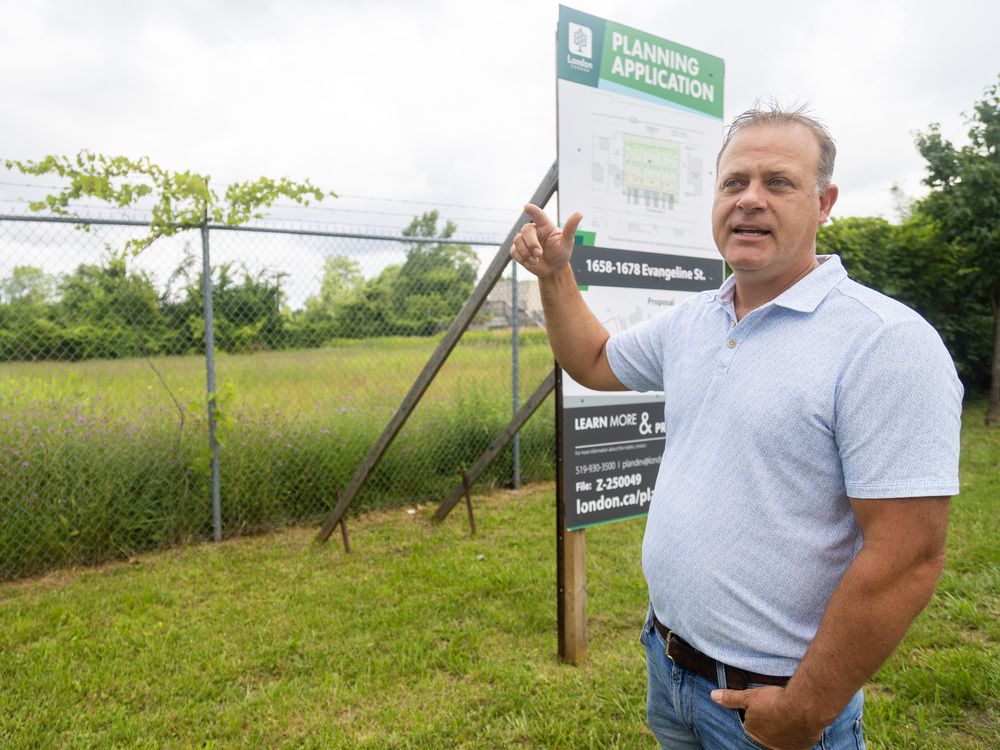Tesla Autopilot Trial: What the Fatal Crash Case Means for Singapore Drivers & the Future of Driver-Assist Tech

The trial centers around the 2018 death of Walter Huang, who was killed when his Tesla Model X, operating with Autopilot engaged, crashed into a concrete barrier in California. Huang's family is suing Tesla, alleging that the Autopilot system was defective and that Tesla misled drivers about its capabilities. A key point of contention is whether Tesla adequately warned drivers about the limitations of Autopilot and the need for constant vigilance.
This case has drawn significant attention due to the involvement of Elon Musk, Tesla's CEO. Musk has repeatedly touted Autopilot's safety record and its potential to significantly reduce accidents. However, critics argue that his claims have been overblown, and that Tesla has prioritized rapid innovation over rigorous safety testing. The trial is likely to scrutinize Musk's public statements and Tesla's internal communications regarding Autopilot's performance and safety.
The courtroom is hearing emotional testimony from Huang's family, as well as from Tesla employees and independent experts. Testimony is focusing on the circumstances surrounding the crash, the functionality of Autopilot at the time, and whether Tesla had sufficient data to identify and address potential safety issues. Expert witnesses are providing technical analysis of the Autopilot system, its limitations, and the factors that may have contributed to the accident.
While this is a US-based case, the implications for Singaporean drivers are significant. Tesla vehicles with Autopilot are increasingly common on our roads. This trial could set a precedent for how driver-assist technology is regulated and how manufacturers are held accountable for its safety. It reinforces the crucial point that these systems are *assist* technologies, not replacements for human drivers. Drivers must remain attentive and ready to take control at any time.
- Increased Scrutiny: This trial signals a heightened level of scrutiny for driver-assist technologies and the companies that develop them.
- Transparency and Warnings: Expect greater emphasis on the need for clear and comprehensive warnings about the limitations of these systems.
- Regulatory Changes: The outcome of the trial could influence future regulations governing autonomous driving features.
- Driver Responsibility: The case underscores the ongoing responsibility of drivers to remain engaged and in control, even when using driver-assist systems.






